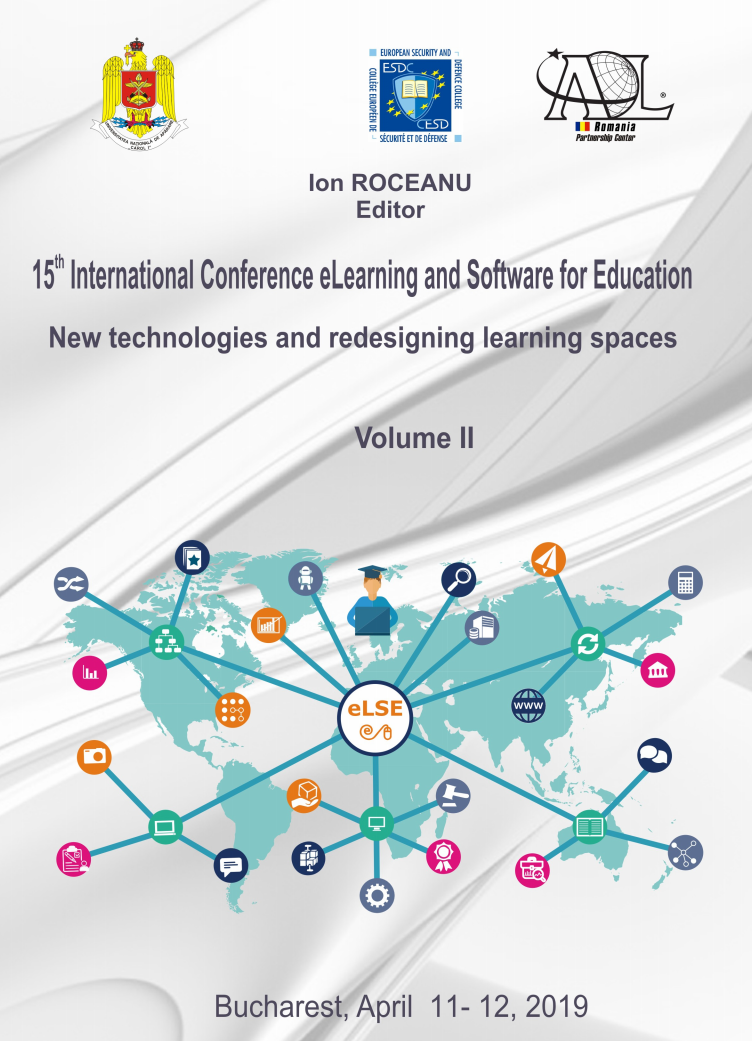Distance Learning Technologies with Mentally Disabled People
Distance Learning Technologies with Mentally Disabled People
Author(s): Olga Volkova, Anastasia Bembena, Yuliya ArtyomovaSubject(s): Social Sciences, Education, Higher Education
Published by: Carol I National Defence University Publishing House
Keywords: methods of distance learning; mental health disorders; psycho-neurological institution;
Summary/Abstract: The article presented the results of the research which was carried out in March-November 2018 in Borisovsky psycho-neurological boarding school and NGO “Vera” by the staff of Laboratory of Social Projects of Belgorod State University (Belgorod region, Russia). The main purpose of the research was to explore the role of distance learning technologies in educational and social activities of people with mental health problems. The main methods of collecting primary sociological data were the observation of people with mental health problems, living in a psycho-neurological boarding school (n=46) as well as an expert survey (n=15). The results of the research demonstrated that there were a number of psychological and educational problems in training people with mental health disorders. Among others, there were, firstly, vivid emotional feedback in response to the educational methods of training or other students due to the specifics of their diseases, decreasing the motivation of learning and inadequate level of self-esteem; secondly, the contravention in behavior caused by the external conditions of the educational process and the surrounding environment. Using distance education technologies could help people with mental health disorders to overcome above-mentioned problems, to get a professional education and to be socially integrated in the society. According to the results of the research, the most effective methods of distance learning for people with mental health disorders were the following: (1) the information and receptive method, involving the transmitting information by various electronic training facilities such as textbooks, audio, video files, etc.; (2) reproductive method based on an algorithmic nature of the students’ activities which were allowed to implement different kind of exercises and tasks to improve their practical skills and abilities; (3) method of cognitive visualization of cases from practical professional activities, which had a positive color, sound and emotional background and cognitive function; (4) research method, demonstrated both students’ independence and the ability of the implementation of their theoretical and practical knowledge in unusual situations.
Journal: Conference proceedings of »eLearning and Software for Education« (eLSE)
- Issue Year: 15/2019
- Issue No: 02
- Page Range: 143-148
- Page Count: 6
- Language: English

